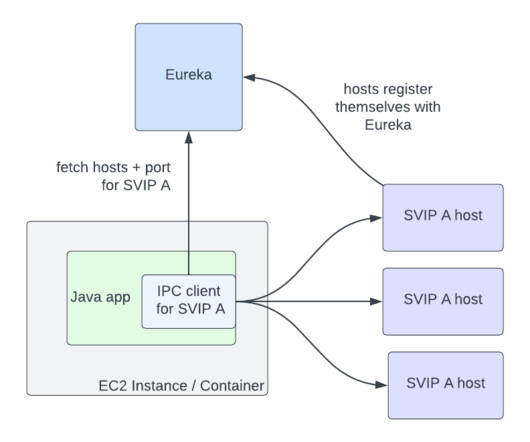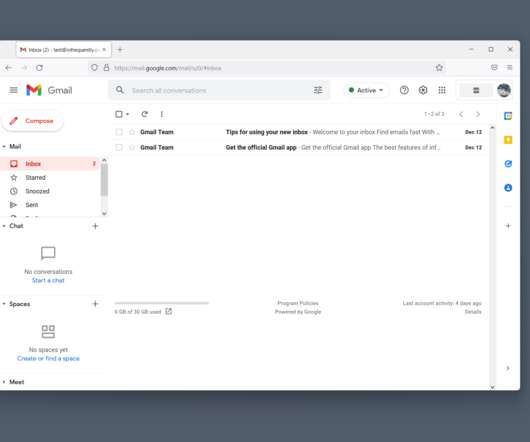Zero Configuration Service Mesh with On-Demand Cluster Discovery
The Netflix TechBlog
AUGUST 29, 2023
Today we have a wealth of tools, both OSS and commercial, all designed for cloud-native environments. To improve availability, we designed systems where components could fail separately and avoid single points of failure. There is a downside to fetching this data on-demand: this adds latency to the first request to a cluster.






















Let's personalize your content